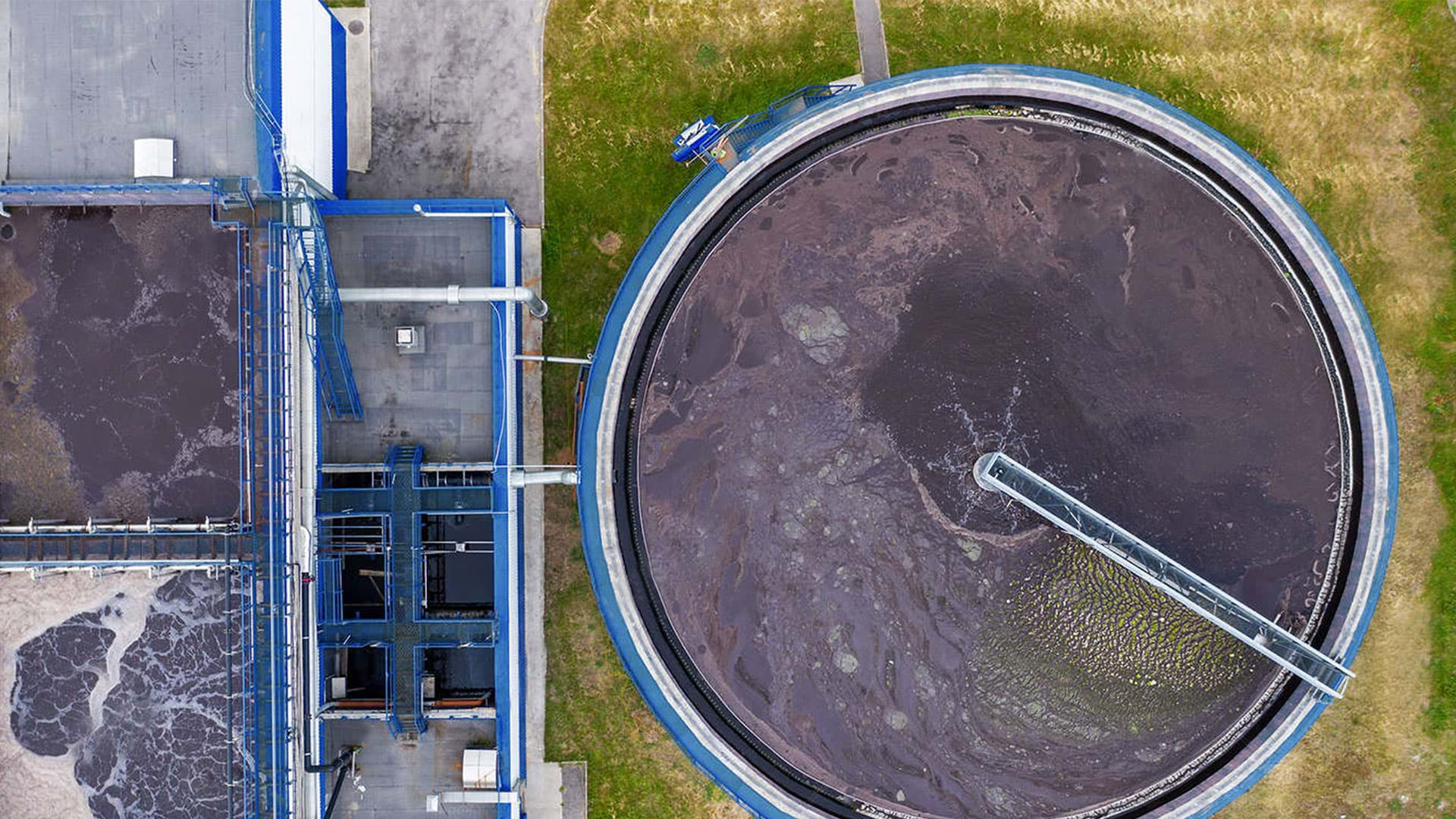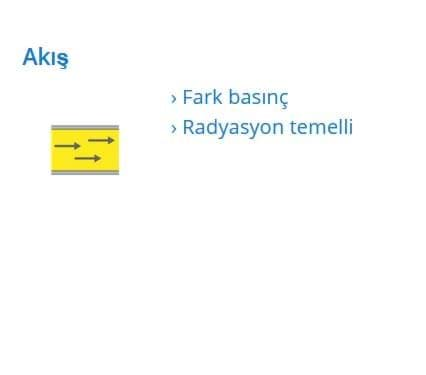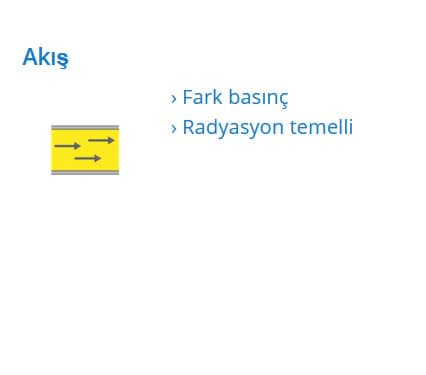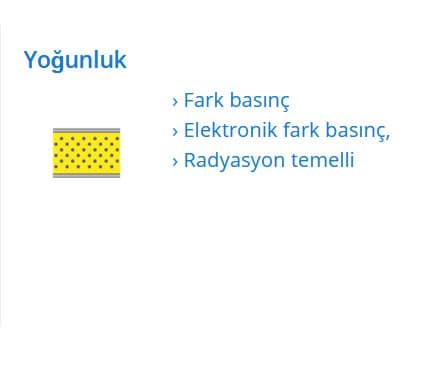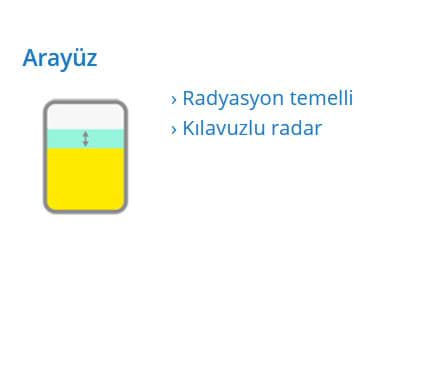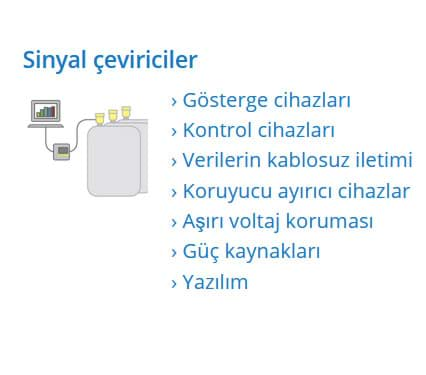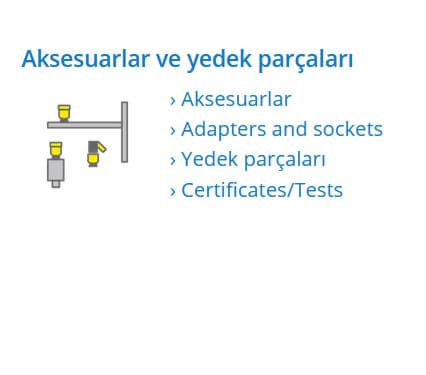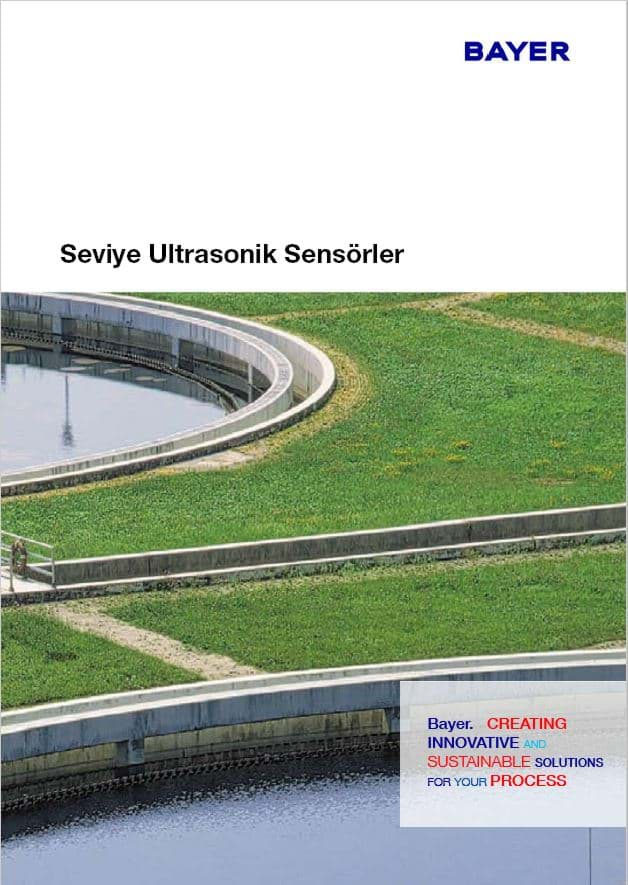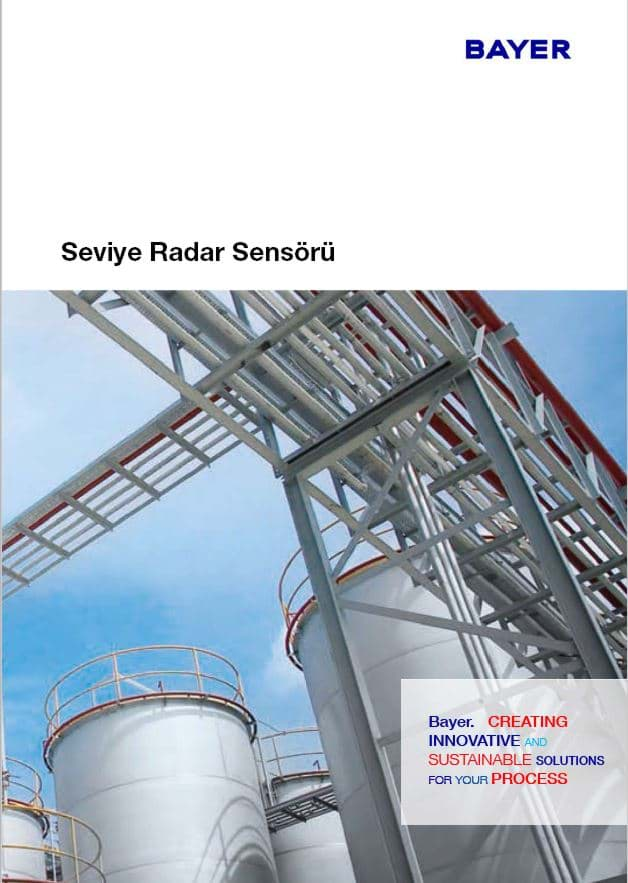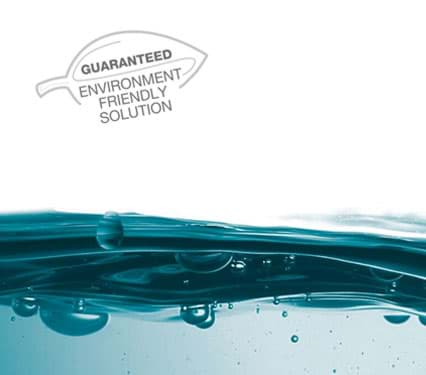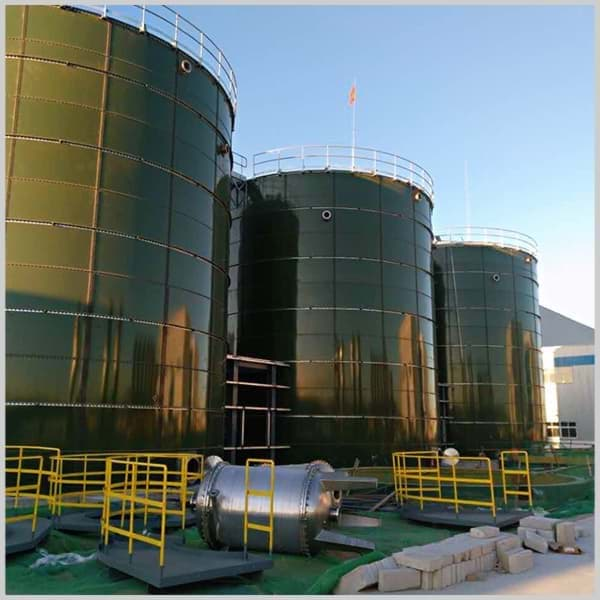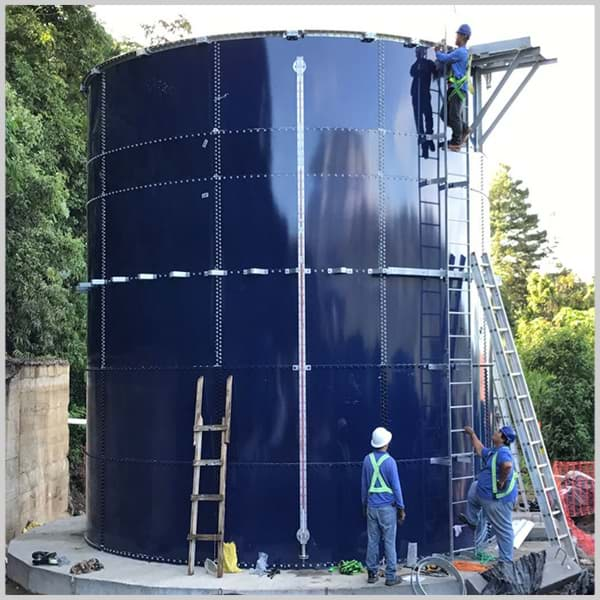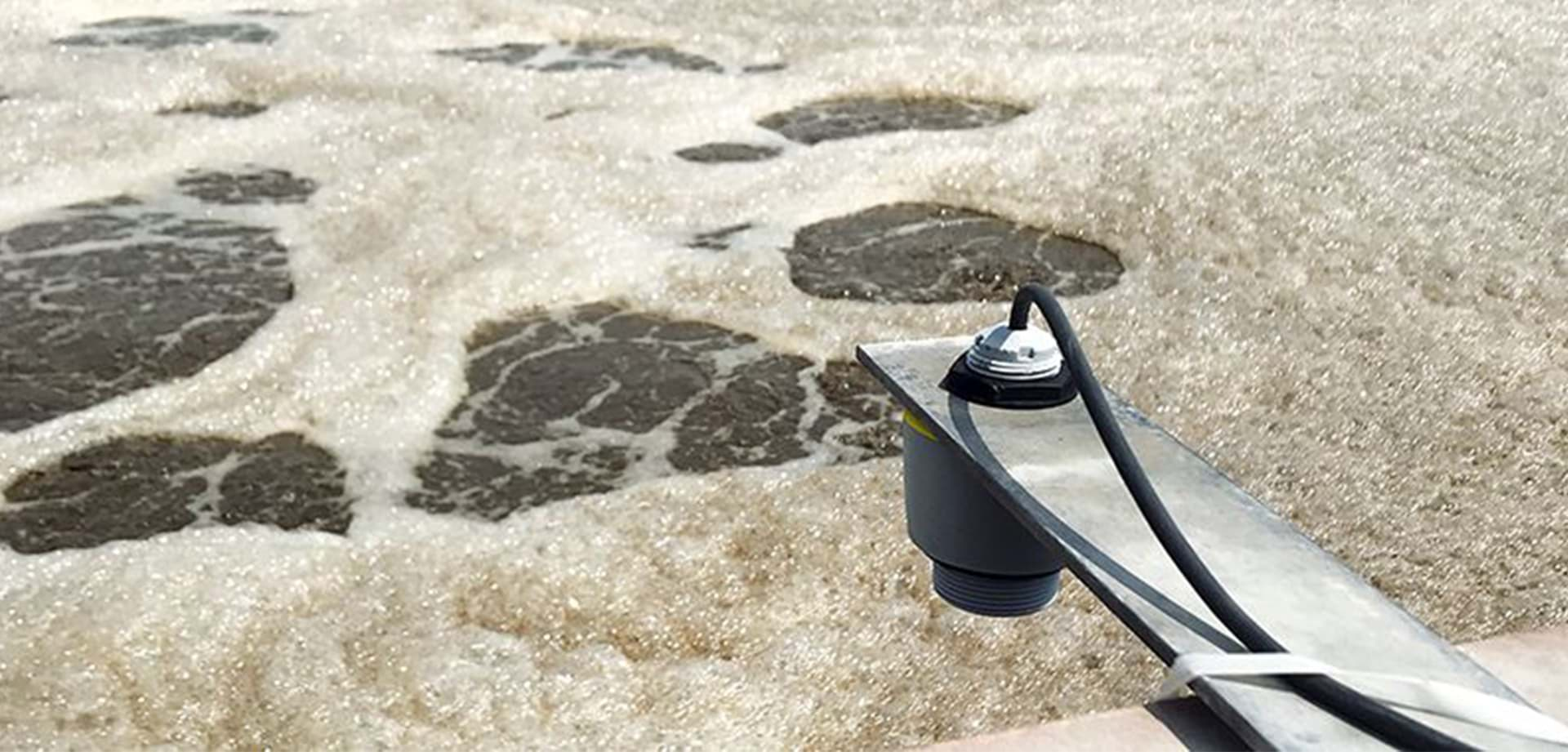
- It has the convenience of product supply with its stocked product capacity,
- Provides fully reliable service with German technology,
- With its expert team in measurement technologies, it offers you the most suitable solution,
- It has mounting shapes that can be adapted to the measurement point and measurement location shape,
- It is practical and reliable with its remote data access feature via Bluetooth,
- You can store the read data and archive the results in excel format,
- Provides long-lasting product use with body and assembly material options that are compatible with the process and environment,
- Easy to install and assemble
- It enables you to find the most suitable solution for your system with its electrical compatibility types.
- Industrial Facilities,
- Treatment Plants
# Level measurement with radar
In radar, non-contact level measurement, the measuring device sends microwave signals from the top to the fill material. The filling material also reflects these. From the microwave signals coming from the measuring device, the distance to the material surface is determined and the level is calculated. With this measurement method, liquids and solid materials are measured.
- High precision is achieved thanks to the non-contact level measurement with radar,
- Measurement that is not affected by temperature, pressure and dust accumulation is provided,
- Timesaving thanks to the user-friendly adjustment function.
# Level measurement with ultrasonic sensors
When performing non-contact, ultrasonic level measurement, the sensor transmits ultrasonic pulses in the direction of the medium. The material also reflects these impacts. The time from sending to receiving signals is proportional to the level in the chamber. In simple standard applications, ultrasonic sensors are ideal for liquids and solid materials.
# Level and interface measurement with guided radar
In level measurement with guided radar, first the radar pulses are directed along a rope or rod probe, and then these pulses are reflected from the product surface. The measuring probe of the TDR sensor ensures that the signal reaches the medium without any interference. With this measurement method, level measurement is made in liquids and solid materials, as well as interface measurement in liquids.
# Hydrostatic level measurement
When measuring hydrostatic level, the measuring cell of the pressure transmitter detects even the smallest changes in hydrostatic pressure. This pressure changes according to the increase and decrease of the filling height. The pressure created is converted into an electrical signal. It is then converted into an output signal by the electronics inside. Various measuring cells are used when measuring the hydrostatic level.
# Capacitive level measurement
In capacitive level measurement, the "capacitive sensor" and the "chamber" together form the two electrodes of a capacitor. The capacitance change due to the level change is converted into a level signal. Thanks to the shortenable rope and rod versions, capacitive level sensors cover a wide range of applications.
Advantages
- Thanks to capacitive level measurement, it is possible to measure without blind spots across the entire sensor,
- Thanks to fully insulated capacitive sensors, it is possible to measure in aggressive liquids,
- Maintenance-free, cost-effective measurement is made.
